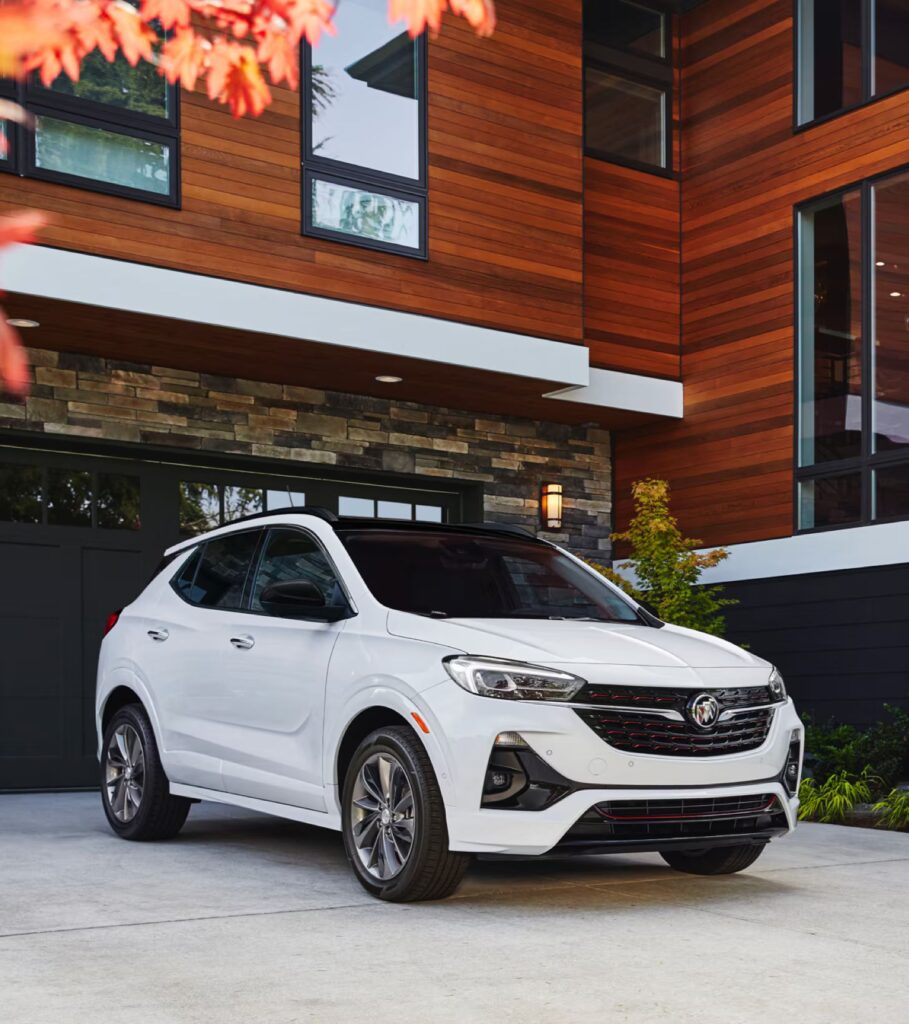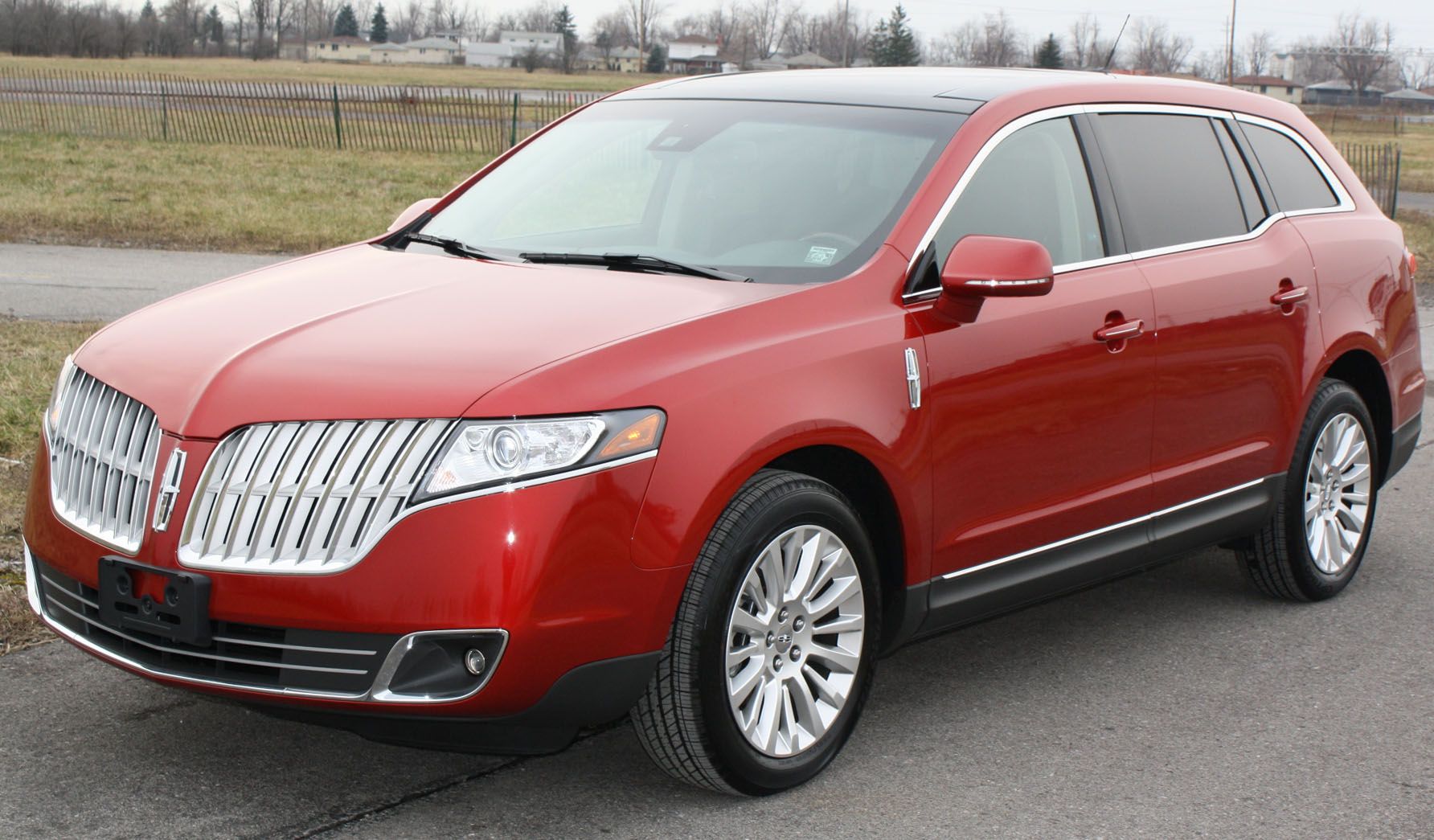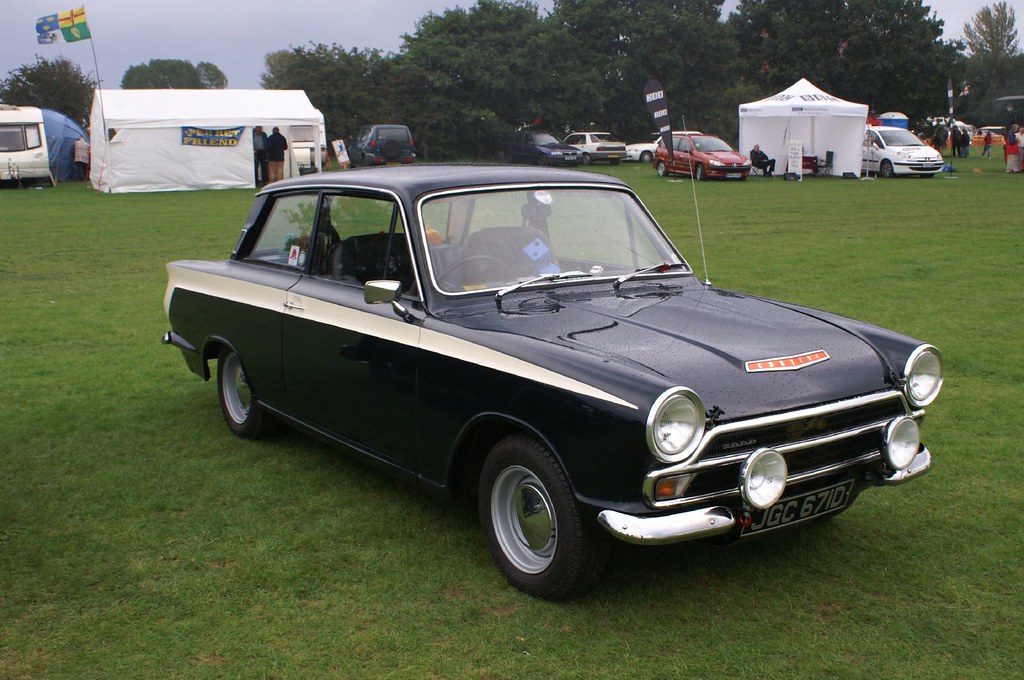
The world of classic cars is a vibrant, ever-shifting landscape, fueled by passion, nostalgia, and the thrill of the hunt. For American enthusiasts, the allure of global favorites, vehicles that tell stories from distant lands, is undeniable. However, navigating the intricate web of international trade policies, market trends, and regulatory frameworks can often present unexpected hurdles, turning what seems like a dream acquisition into an import that collectors might ultimately choose to pass on.
Recent developments in US import tariffs have certainly sent ripples across the automotive industry, causing both widespread concern and significant relief. While classic cars have largely been spared the brunt of these new duties, thanks to specific exemptions, the broader context of tariffs and market dynamics shapes which global favorites genuinely make it into American garages. It’s a complex interplay of age, origin, and market appeal that dictates desirability.
This article delves into the specific reasons and scenarios that lead discerning collectors to bypass certain classic imports. We’ll explore how policy shifts, market sentiment, and even the unique attributes of a vehicle can transform a potential acquisition into a less attractive proposition, examining the intricate details that influence these crucial decisions in the high-stakes world of automotive collecting.

1. **Vehicles Under 25 Years Old: The Impact of Full Tariffs**One of the most immediate and significant deterrents for collectors is the age threshold for import tariff exemptions. While vehicles over 25 years old sidestep the hefty 25 percent duty on autos, cars that fall just short of this crucial mark are hit hard. If a vehicle entering the country is 24 years and 364 days old or younger, it’ll still be subject to the same 25 percent tariff as a new car.
This policy means that machines like BMW’s E46-gen M3 CSL, which has only just celebrated its 20th birthday, and the even younger Subaru Impreza RA-R, are now far more expensive to import than before April 2, when the new tariff came into effect. For a collector eyeing a vehicle from this ‘in-between’ generation, the financial proposition becomes prohibitively steep. The additional costs can easily push the total price beyond what the market is willing to bear, regardless of the car’s intrinsic desirability.
Consider the economics: a significant portion of the vehicle’s value is instantly added as duty, prior to shipping, insurance, and other associated fees. This dramatic increase makes a once-attainable model suddenly out of reach for many, redirecting collector attention to older, tariff-exempt options or domestic alternatives. The difference between a 2.5% duty and a 25% duty, plus additional reciprocal fees, represents a chasm in financial viability that few can or will bridge.
It’s a stark reminder that while the spirit of classic car collecting celebrates automotive history, the practicalities of international trade are governed by precise dates and figures. The passion might be there, but the pocketbook often dictates otherwise when faced with such punitive import costs for a vehicle that simply hasn’t aged quite enough to qualify for relief. This strict age classification, though clear, frequently leads collectors to reluctantly pass on otherwise appealing younger classics.
Read more about: The Shifting Tides of Automotive Commerce: Unpacking Why More Shoppers Are Opting for Secondhand Vehicles in 2025
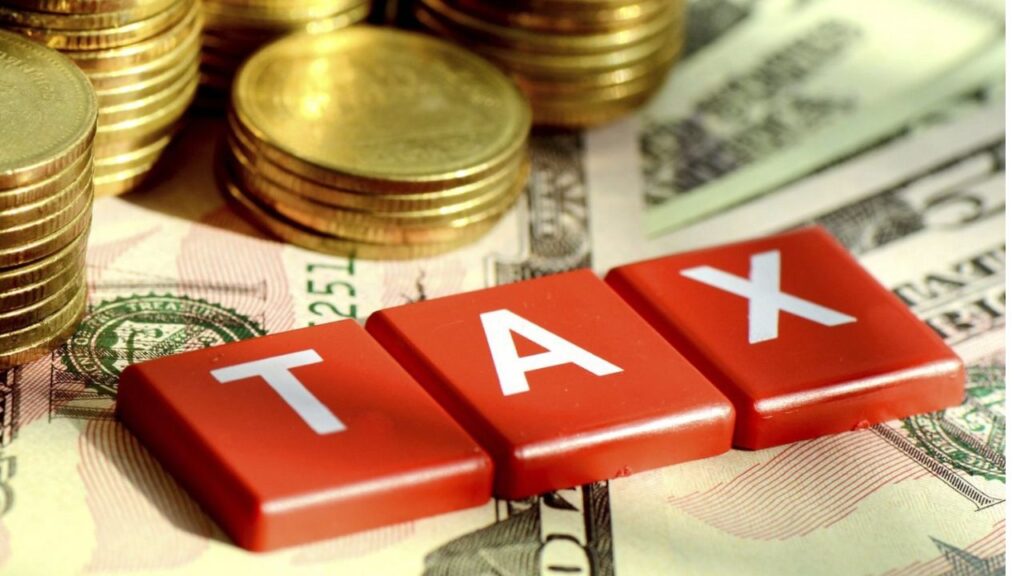
2. **Imports from High-Tariff Global Regions: Navigating 2025’s Reciprocal Duties**The landscape of import duties for classic cars, while generally favorable due to the 25-year exemption, has become more complex with the introduction of new reciprocal tariff policies in 2025. While the base duty for classics remains at 2.5%, the additional reciprocal tariffs can significantly inflate the total cost, making imports from certain regions considerably less attractive for collectors.
Under Executive Order 14257, a baseline 10% reciprocal tariff applies to imports from nearly all countries not covered by specific trade exemptions, such as those under USMCA (Canada/Mexico). However, for regions like China and ‘others’ not explicitly detailed, the reciprocal tariff can be even higher, sometimes 25% or more. This means that a classic vehicle from these origins could face a total duty rate of around 27.5% to 32.5%+, even if it’s over 25 years old.
Such an exorbitant combined duty effectively places these classic imports in a similar financial predicament to newer vehicles, negating much of the benefit of the 25-year rule. While the classic vehicle exemption remains powerful, its efficacy now depends more than ever on the origin of the vehicle. Collectors who prioritize classic vehicles from USMCA partner countries benefit from the lowest duty (a mere 2.5%), creating a strong incentive to look away from higher-tariff regions.
This dramatic difference in total duty rates creates a significant disincentive for importers. Even for rare and highly coveted classics, an additional cost of nearly a third of the vehicle’s purchase price for import duties alone can make the entire acquisition economically unfeasible. Therefore, collectors are increasingly compelled to pass on potentially fascinating imports from these high-tariff regions, steering towards origins where the financial burden is substantially lighter.

3. **The Pontiac Sunrunner: A Case Study in Collector Apathy**Beyond tariffs and regulations, sometimes a classic import simply doesn’t resonate with the collector community, becoming a vehicle that’s consistently passed over despite its inherent qualities. The Pontiac Sunrunner stands out as a prime example of such a phenomenon, illustrating that not all classics are created equal in the eyes of enthusiasts. This model, often forgotten in discussions of Pontiac’s legacy, was the brand’s original SUV.
Sold exclusively in Canada, the Sunrunner was based on the “already stellar Geo Tracker” and featured an “actual SUV design.” This robust foundation meant it possessed “some decent chops off-road, enough to compete with Jeeps and more.” Furthermore, sharing mechanicals with the Suzuki Samurai implied a “cheap-to-maintain design” and a decent platform for upgrades, capable of transforming a common Sunrunner into a capable off-road vehicle. These are all attributes that should, theoretically, appeal to a segment of the classic vehicle market.
Yet, the reality is quite different. The context explicitly states that “collectors haven’t been kind to the Sunrunner and the vehicle is seldom seen on auction blocks.” This is a puzzling contradiction, especially given the recent surge in popularity for classic off-road vehicles. Despite its practical design, off-road capabilities, and ease of maintenance, the Sunrunner simply hasn’t captured the imagination or desire of the classic car community, particularly among those looking to import.
This case highlights that a vehicle’s mechanical soundness or historical significance isn’t always enough to guarantee collector appeal. Intangible factors, such as brand prestige, cultural impact, aesthetic trends, or even simple ‘cool’ factor, play a massive role. The Pontiac Sunrunner, for reasons that transcend its factual merits, remains an import that the collector community largely passes on, serving as a cautionary tale for models lacking that elusive market ‘spark’.

4. **Cars Not ‘Trending’: The Picky Nature of the Classic Market**The Pontiac Sunrunner’s predicament leads directly to a broader, fundamental truth about the classic car market: desirability is heavily influenced by current trends and collector sentiment. The classic car space is populated by “very picky buyers,” and as the context succinctly puts it, “If a vehicle isn’t trending in some type of way it probably isn’t going to be sold.” This discerning nature means many perfectly functional and historically relevant vehicles fall by the wayside.
The automotive industry is dynamic, with tastes and preferences evolving over decades. Car models can “fade in and out of glory,” as what was once cutting-edge or even commonplace might lose its luster for a new generation of collectors. While a few iconic models, like the Chevrolet Camaro, might retain “broad appeal,” many other cars manufactured concurrently, now considered classics, simply don’t command the same widespread interest or demand.
For collectors considering an import, this ‘trending’ factor is crucial. The effort and expense involved in bringing a vehicle across international borders—even with favorable tariff rates—are substantial. If a car lacks significant market buzz or a dedicated following, the incentive to undertake that process diminishes considerably. It becomes a financial risk to import something that may sit unsold or appreciate slowly, if at all.
Ultimately, classic car collecting is not just about owning a piece of history; it’s also an investment and a reflection of personal taste aligned with broader market acceptance. Vehicles that don’t tap into a prevailing trend or nostalgia, or simply don’t possess that inherent ‘it’ factor for contemporary collectors, are imports that buyers will inevitably pass on. The market’s fickle nature means that even a ‘classic’ can be an ‘unwanted classic’ if it’s not currently riding a wave of popularity.
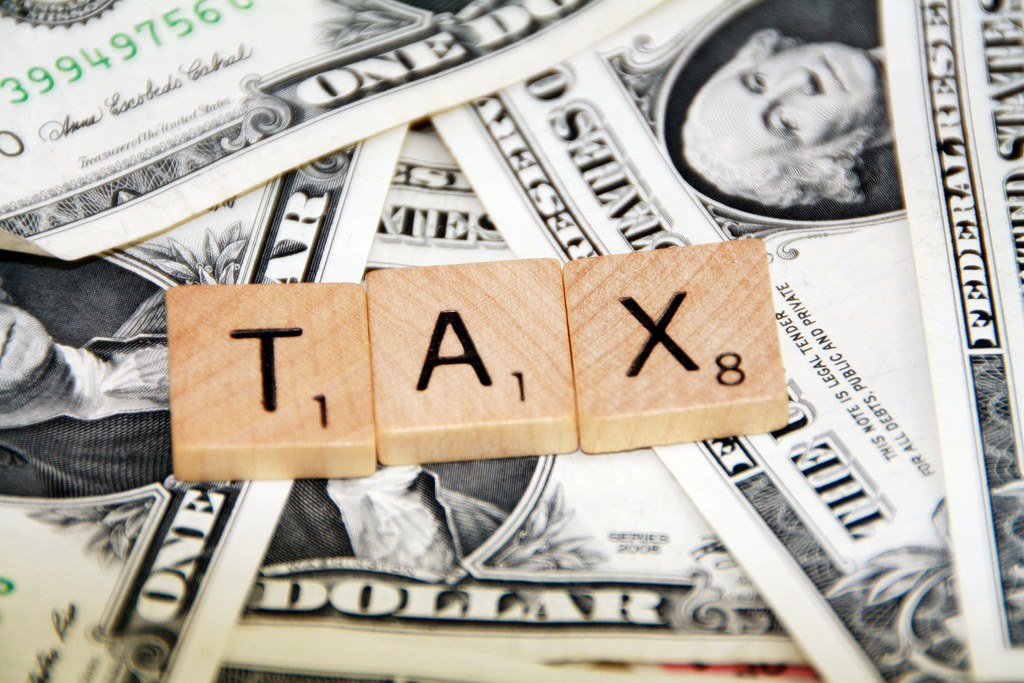
5. **The Ghost of High Tariffs Past: What Could Have Been for Coveted Classics**While classic car collectors can now breathe a collective sigh of relief thanks to the 25-year exemption from President Trump’s new tariffs, the initial uncertainty and the potential impact of a 25% tariff on these vehicles created a scenario where even the most coveted imports would have become largely undesirable. This historical “what-if” scenario perfectly illustrates the kind of financial burden that would instantly cause the community to pass on prized global favorites.
Before the exemption was confirmed, the prospect of a 25 percent tariff hanging over classic imports was grim. Imagine the consequences: “A $100,000 Lancia Delta Integrale would’ve become a $125,000 proposition,” a 25 percent increase that adds a substantial barrier to entry. A legendary Ford RS200, a highly sought-after homologation special, “could’ve been inflated by $150,000” at its price point, pushing it into an even more exclusive and financially daunting realm.
The impact on truly blue-chip classics would have been catastrophic. The context suggests that “some of the most coveted 1960s Ferraris might’ve seen their price tags increase by over a million bucks.” This isn’t just an inconvenience; it’s a fundamental restructuring of the market, effectively pricing out all but the wealthiest collectors and severely dampening demand. Such a policy, if enacted, would have been a “catastrophe for an industry that relies on 43 million classic cars in the US and a combined value of more than $1 trillion, according to data from Hagerty.”
The swift confirmation of the exemption averted this impending crisis, preventing a scenario where classic imports, regardless of their desirability, would have been widely passed on due to prohibitive costs. This near-miss underscores the critical importance of favorable tariff policies for the health of the classic car market. It demonstrates unequivocally that even for masterpieces of automotive engineering, there is a financial tipping point beyond which even the most passionate collectors will simply, and regretfully, have to walk away.
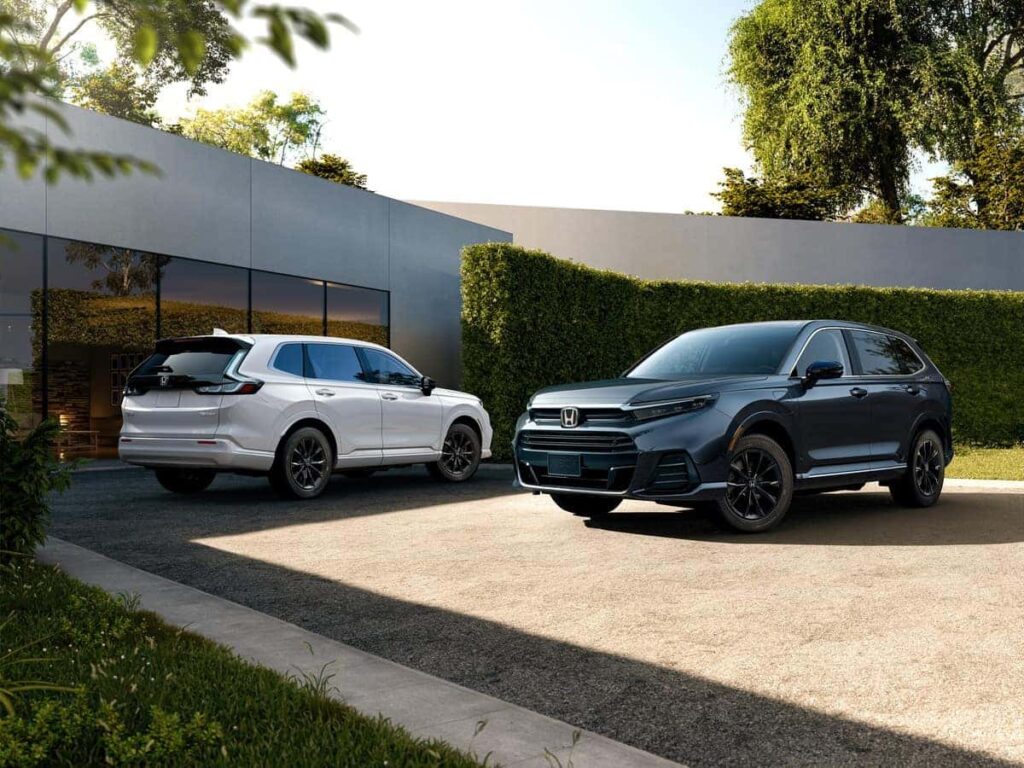
6. **The Intricacies of Federal Safety and Emissions Compliance: Beyond Tariffs**While the financial burden of tariffs for younger vehicles is certainly a major hurdle, an even more fundamental reason collectors pass on certain imports, particularly those under 25 years old, lies in the stringent US federal safety and emissions regulations. The widely recognized ’25-year rule’ isn’t just about avoiding high import duties; it primarily exists to allow collector vehicles to enter the USA without needing to comply with a host of these often-insurmountable federal standards. This means that a vehicle under this age, even if tariffs weren’t an issue, would still face significant, and usually cost-prohibitive, modifications to become street legal in America.
Imagine the engineering nightmare and financial black hole of trying to bring a highly specialized, non-US market European or Japanese performance car from the early 2000s up to contemporary US safety crash standards or emission control requirements. The process involves extensive testing, re-engineering, and certification, often costing more than the vehicle’s inherent value. For many models, particularly those not originally intended for the US market, the necessary components and expertise simply don’t exist in North America, making compliance practically impossible or absurdly expensive.
This regulatory wall effectively renders many otherwise desirable, yet slightly too-young, imports undesirable for US collectors. It’s a stark reminder that while passion drives the hunt for unique global favorites, the practicalities of legal compliance are an unyielding barrier. Collectors, understanding this complex landscape, often find themselves reluctantly passing on genuinely intriguing vehicles that fall into this regulatory grey area, patiently waiting for the day they achieve that crucial 25-year milestone.
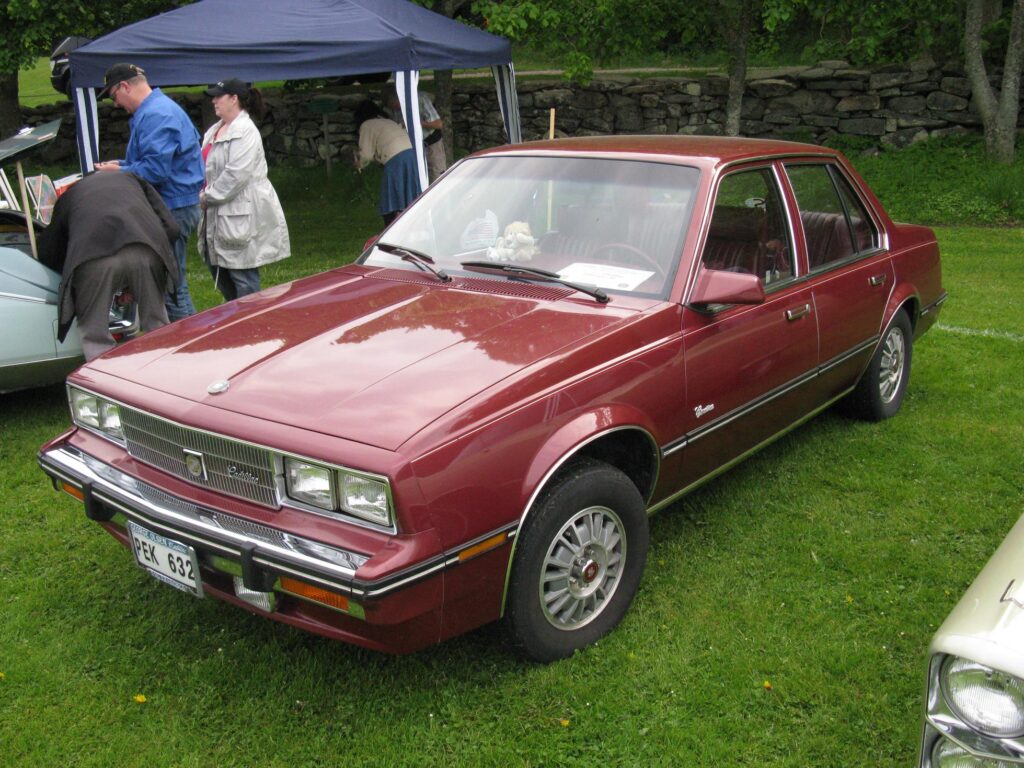
7. **Navigating the Global Labyrinth of Classic Car Classifications**Beyond US-specific rules, the very definition of what constitutes a ‘classic’ car can vary significantly across international borders, creating another layer of complexity for collectors considering imports. While the US classifies classic cars as 25 years old and older for import purposes, the UK and European Union adhere to a stricter standard, generally recognizing classics as vehicles that are 30 years old and older. This five-year discrepancy might seem minor, but it can have substantial implications for cross-border transactions and perceived value.
For a vehicle that is, for instance, 27 years old, it might qualify for preferential import treatment and status in the US, but it would still be considered a standard used car in the EU. This divergence affects not only potential duty and VAT rates but also how the vehicle is valued, insured, and marketed internationally. A car that is ‘on the cusp’ might experience different levels of desirability and financial viability depending on which market it’s moving between.
Furthermore, these differing classifications can influence the overall supply and demand dynamics. A vehicle approaching 25 years old may see a surge in demand from US buyers anticipating its eligibility, while the same vehicle in Europe might be viewed simply as an aging used car with limited specialist appeal until it hits its 30th birthday. This means collectors must be acutely aware of these regional nuances, as failing to understand them can lead to unexpected costs or a misjudgment of a vehicle’s true classic market potential, leading them to pass on imports that don’t fit a clear classification.
Read more about: A Highway Hazard: 12 Trucks Towed More Than Driven Due to Constant Electrical Failures

8. **The Constant Dance with Shifting Global Trade Politics and Advocacy’s Role**The landscape of import duties and exemptions is not static; it’s a dynamic environment heavily influenced by ongoing global trade politics and the tireless efforts of legislative advocacy groups. While the US classic car community can currently breathe a sigh of relief over the 25-year exemption, the context highlights that much can change in politics, and quickly. The ‘what-if’ scenario of a 25% tariff on all classics, though averted, serves as a stark reminder of how precarious favorable policies can be.
The initial uncertainty surrounding President Trump’s tariffs, and the subsequent confirmation of the exemption for vehicles over 25 years old, demonstrates the critical role played by industry associations like SEMA and the Historic Vehicle Association (HVA) in lobbying for clarifications and exemptions. Without such sustained advocacy, the financial burden of importing many global favorites could quickly become prohibitive. This ongoing need for legislative vigilance means that collectors are always somewhat at the mercy of policy shifts, making certain imports less desirable if their status is uncertain or if protective advocacy wanes.
Even current policies, like the “Liberation Day tariffs” introduced in 2025, show how quickly new reciprocal duties can apply, altering the financial equation for specific origins. The baseline 10% reciprocal tariff on non-USMCA origins, for example, added to the classic car’s 2.5% duty, means an unexpected jump to 12.5% total duty for cars from Europe, Japan, and the UK. This constant flux, driven by geopolitical currents, forces collectors to pass on imports when new policies erode their economic viability, underscoring that the desirability of a classic is intrinsically linked to the stability and favorability of international trade relations.

9. **Impact of External Market Policies: EU Tax Changes and Supply Chain Hurdles**Collector decisions aren’t solely shaped by US import regulations; policies in other major classic car markets can also significantly influence which imports are deemed desirable or even obtainable. The context explicitly mentions that “The recent EU tax changes on imports have already made US stock acquisition more challenging for European dealers and this new development now impacts the other side of the coin on supplying export grade cars to the US.” This demonstrates how policies implemented abroad can create unforeseen hurdles for US collectors.
When European dealers face increased costs or complexities in acquiring US-sourced classic cars due to their own region’s tax changes, it can indirectly affect the global supply chain. This could mean fewer unique European-spec cars become available for eventual export to the US, or the prices for those that do become available are inflated to cover initial acquisition costs and taxes within Europe. This ‘ripple effect’ makes certain classic imports less appealing, as the effort and expense to source them from a now more challenging European market might outweigh their intrinsic desirability for a US buyer.
Essentially, the global classic car market is an interconnected ecosystem. When one part of that system experiences policy-driven friction, it impacts the flow and cost of vehicles across borders. US collectors, therefore, must consider not only their own country’s rules but also the regulatory and tax environments of the source countries. If sourcing a highly sought-after model from a market burdened by new internal taxes or import challenges, the increased complexity and potential cost become a strong reason to pass, shifting focus to more straightforward import opportunities.

10. **The Persistent Shadow of Grey Market Restrictions: A Historical Precedent**Even as tariffs and regulations evolve, the legacy of past legislative actions continues to shape collector preferences and can render certain vehicles less desirable for import. A pivotal moment in this history was the “Imported Vehicle Safety Compliance Act of 1988.” This legislation was a direct response to lobbying by manufacturers, particularly Mercedes-Benz, who were concerned about the thriving ‘grey import’ market of vehicles not officially intended for US sale.
This Act effectively “outlawed the private importation of cars not intended for the US market, wiping out grey imports almost overnight.” While the 25-year rule was subsequently introduced in 1989 as a specific carve-out for collector vehicles, the initial sweeping prohibition created decades of precedent. For many years, a vast array of fascinating, non-US market cars were simply illegal to import, fostering a generation of collectors who learned to avoid them due to their non-compliance.
The historical burden of these restrictions means that even today, some classic models, despite their charm or performance, carry a lingering perception of being problematic or legally ambiguous for US import. The memory of the grey market crackdown highlights the constant interplay between regulation and collector desire. It underscores why certain otherwise appealing global favorites were historically, and in some cases remain, consistently passed over by US buyers—not necessarily due to inherent flaws, but because of the deep-seated impact of past legislative battles that sought to control the influx of non-conforming vehicles into American garages.
The journey to acquire a classic import is rarely a straightforward path. It’s a complex dance involving not just passion and nostalgia, but a keen understanding of evolving international regulations, economic pressures, market trends, and the indelible marks left by historical legislative actions. For every iconic model that graces American roads, there are countless others that, for various reasons explored here, simply don’t make the cut. Discerning collectors remain ever-vigilant, navigating this intricate landscape to ensure their pursuit of automotive history is both rewarding and realistically attainable.

